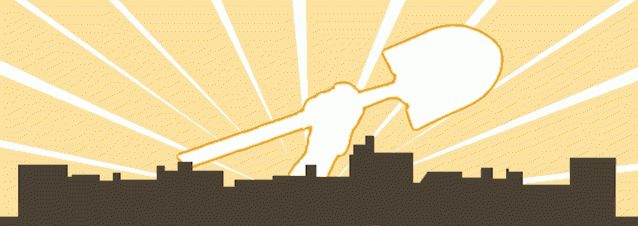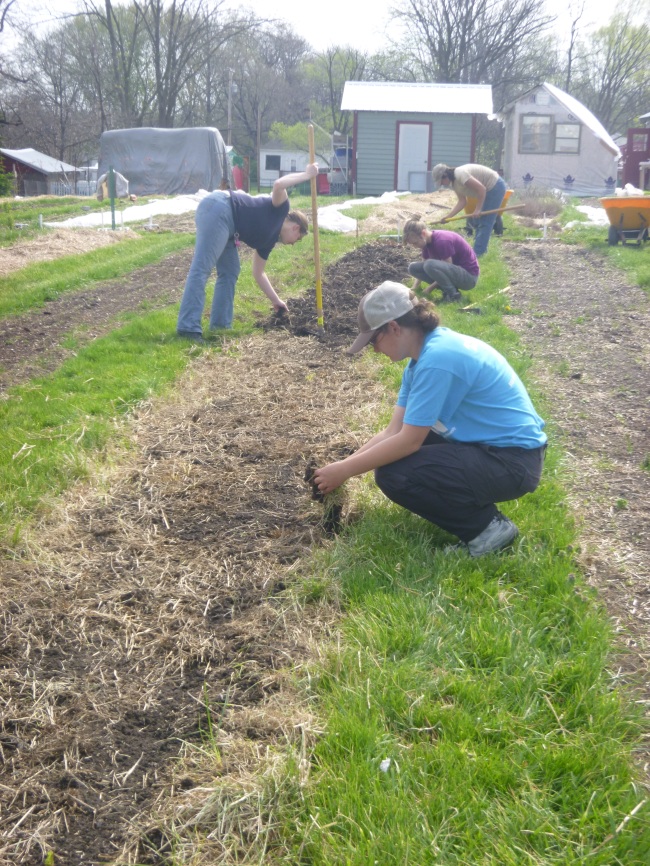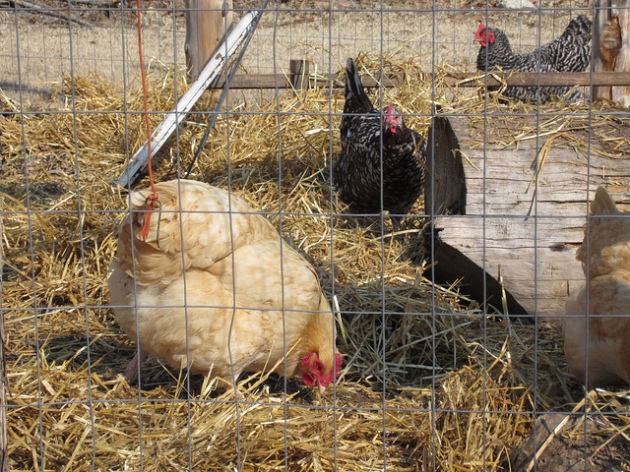an update from Garden Greenhorn and AmeriCorps VISTA Kelsey Grant
This week, I am halfway through my Garden Greenhorn experience. I can’t believe it is going that fast! The Garden Greenhorns and I harvested some head lettuce on Monday. This produce was to be taken to the food pantry that CCUA has a relationship with.
In previous blog posts, I haven’t mentioned a lot about Planting for the Pantry. The Columbia Center for Urban Agriculture operates a program called “Planting for the Pantry”, which operates as a pay it forward CSA model. A CSA stands for a community supported agriculture. People, agencies, and groups can sponsor any length of a row, starting at $5 a square foot. The dollar amount is divided up going to different categories. The food pantry that CCUA has a relationship with is called the Annie Fisher Food Pantry. This pantry is located in Columbia Housing Authority, helping residents residing in that area. The Garden Greenhorns and I will be making a delivery every Wednesday.
Giving residents fresh produce is such an excellent thing. The main food items given to pantries are typically canned or packaged food. Wednesday, May 14, was the first day that we delivered produce to the Annie Fisher Food Pantry. The produce that was delivered was head lettuce and turnip greens. The food pantry had just moved to a new location by the Columbia Housing Authority. The supervisor for the food pantry was very appreciative for the produce.
The produce that is donated to the pantry is in season. Having fresh produce made available to the food pantry allows people to get nutrients that they may or may not have access to. AmeriCorps VISTA is all about building capacity and fighting poverty. By providing individuals the produce and information about CCUA, it is building partnerships and opportunities for our agency, and also helping provide people in poverty with healthier options.





